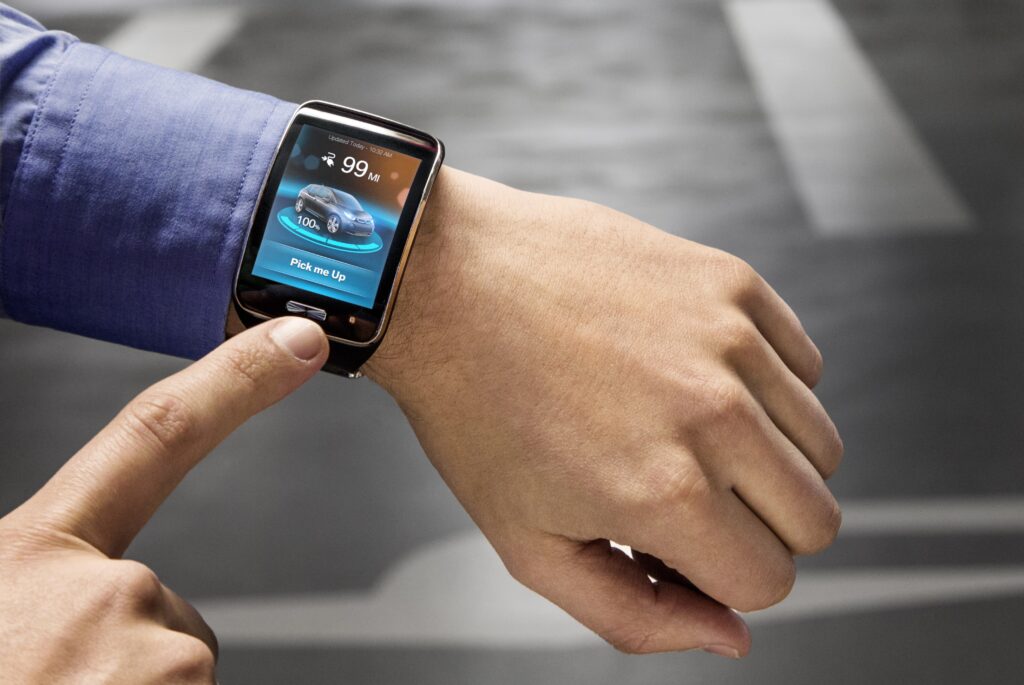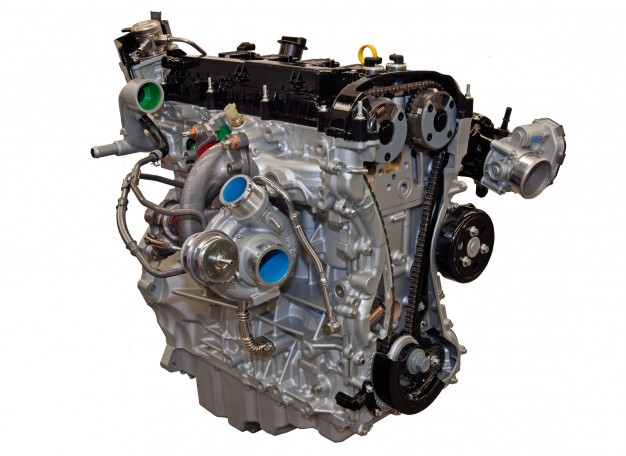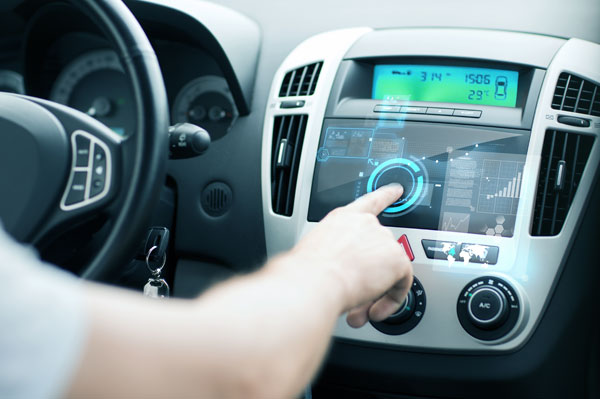Winter weather can make for some seriously difficult driving conditions, and with forecasts for lots of snow, ice and heavy winds over the coming month, it’s vital to take extra precautions to ensure you’re safe on the roads.
Prepare for the testing conditions and keep yourself on the road in the worst weather with our top 10 winter driving tips.
1. Be prepared
One of the best ways to stay safe on the roads this winter is to be prepared. Winter tyres might seem like overkill to some people, but they’re invaluable. They don’t just provide you with better grip in the snow and ice – they also work better in lower temperatures.
Winter puts extra stress on your battery (a flat battery is one of the leading causes of winter breakdowns), so make sure yours is fully charged and up to the task. Generally, a battery can be expected to last around 5 years, so get it tested regularly.
It’s also worth regularly checking your oil to ensure it’s properly topped up, as well as your brake fluid, water, screen-wash and radiators.
2. Pack an emergency bag
During the winter, it’s definitely worth having some emergency supplies in your car at all times, just in case you break down, or are left stranded. It’s a good idea to have:
• De-icer & scraper
• Torch
• Warm clothes
• A blanket
• Some water
• Snacks
• A shovel
• A road map
• Mobile phone car charger
• Wellies or walking boots
• First aid kit
• Reflective warning sign and jacket
3. Plan your journey
Effective planning can help you to avoid bad roads, traffic jams, and the worst of the winter weather.
Before setting off, it’s worth checking online on sites like the Highways Agency, which will provide you with up to date information about the state of the roads. When driving, you can use the traffic announcement setting on your radio to keep up to date with the latest developments and advice.
Alternatively, many modern SATNAV systems automatically monitor your route for trouble spots, and will redirect you where possible. Be realistic, and don’t attempt journeys if you’re in any doubt about the safety of the roads, or your route.
4. A clear view
A frozen and steamed up windscreen and windows will seriously impair your visibility. Before you set off, make sure that they are completely clear, and that your windscreen wipers are working properly.
Remove any snow from your car roof – this will prevent it slipping down and impairing your (or another driver’s) vision when driving.
5. Use a higher gear
When driving in snow or ice, you’ll want to use a higher gear than usual. This is because at higher gears, you’ll keep the revs down. This will prevent wheel spin, maximise grip and improve traction – keeping you on the road!
Setting off in 2nd gear will also help if you’re struggling to get out.
6. Increase your stopping distance
In snow and ice, your stopping distance may be increased by up to 10 times. To compensate for this, leave a larger distance between your vehicle and the car in front, control your speed and make sure you start braking sooner for junctions and roundabouts.
7. Stop skidding
If you do start to lose control of your vehicle and begin to skid, don’t panic! Keep your hands on the wheel and off the brakes, and steer gently into the skid to correct it.
8. Driving in the fog
Driving in heavy fog can be extremely challenging, especially when the roads are icy.
You should switch your fog lights on when visibility drops below 100m, and use them in conjunction with dipped headlights. Avoid full beams, which can reflect off the fog and reduce your visibility.
Keep your distance from the car in front, and take extra care to look out for hidden corners and junctions.
9. Driving in the wind
High winds can lead to dangerous driving conditions, and it’s important to take some extra precautions.
In high winds, it’s best to drive slowly, as wind affects both your handling and braking. Keep your distance, and both hands on the wheel at all times to prevent being blown off course by sudden gusts. Always keep an eye out for other drivers, and look out for swerving vehicles.
Be extra wary of high-sided vehicles, caravans and debris, and avoid exposed bridges if possible, where the affects of the wind will be amplified.
10. Driving in floods
It wouldn’t be a British winter without copious amounts of rain – here are a few quick tips to help you drive safely in wet conditions:
• Reduce your speed – stopping distances increase significantly in the wet
• Watch out for aquaplaning – driving through big puddles and standing water can cause your vehicle to lose contact with the road, putting you out of control
• Use your dipped headlights – this will make you more visible to other road users
• Avoid standing water – don’t attempt to drive through standing water if you aren’t 100% sure of the depth. Use the kerb as an indicator
• Test your brakes – wet brakes don’t work as well, so test them after coming through puddles to dry them off
How AET can help
If the winter weather takes its toll on your turbo, we’re here to provide cost effective, high quality turbocharger repairs and replacements for a full range of passenger and commercial vehicles.
For further information or advice on any aspect of our service, get in touch with a friendly, expert member of our team today on 01924 588 266.



